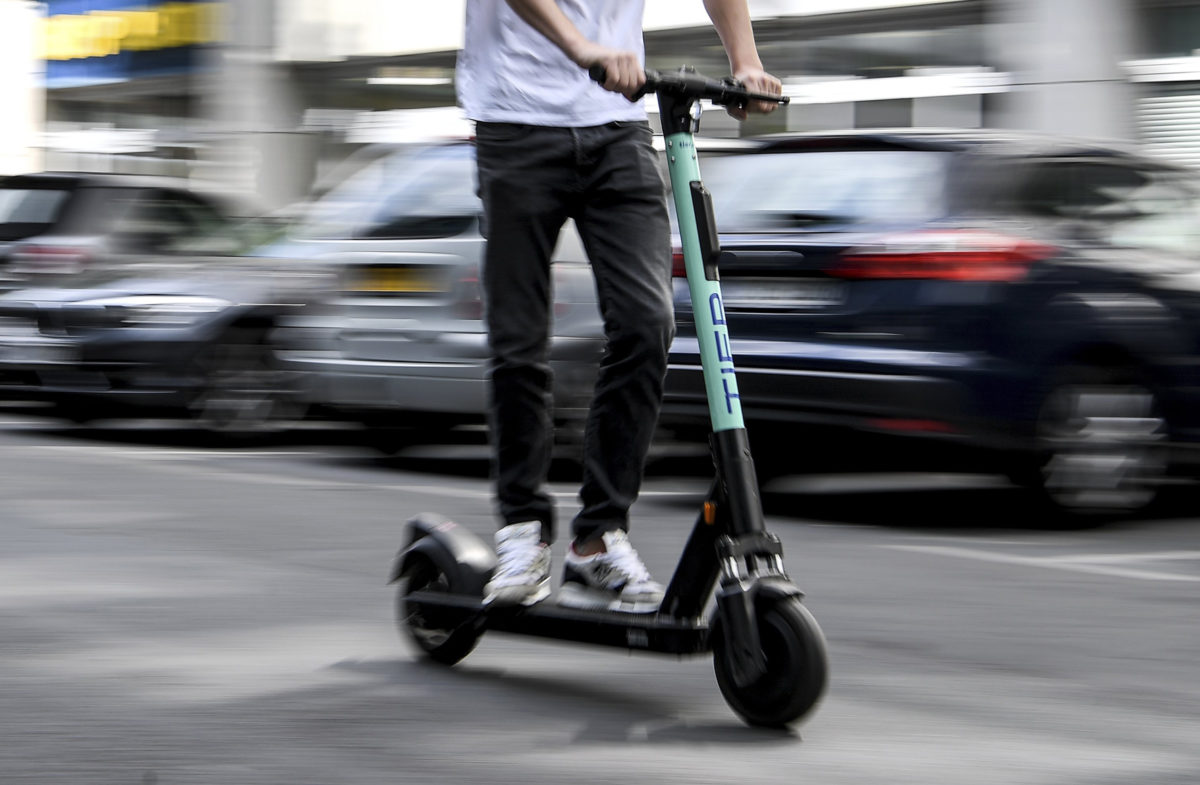In Germany, almost every second person is currently on a diet or has tried dieting before (“Statista,” 2018). However, most diets are not really successful and people frequently gain even more weight that they had lost before, as researchers from UCLA found (Wolpert, 2007). One of the main reasons for diets not working is, that diets are inconvenient for most people and while it is possible to adjust one’s behaviour for a period of time, it is hard to do so for a long period and people tend to fall back into old behaviours.
Studies have shown however, that diets are almost twice effective, when people are using a food diary while doing so (Svetkey, 2008). Also people tend to keep their positive weight loss results, while keeping a food diary. However, keeping a food diary is still lots of work and is difficult, especially when eating out and not knowing about the ingredients.
In order to make food diaries simple, fun and effective, French developers have created an app called “Foodvisor”. Foodvisor entered the market in 2018 and has received international attention in the media (GMA Team, 2019). The app promises to detect your food by simply making a picture of it, a process that is nowadays anyway in the routine of many smartphone addicted people. The app then compares the detected ingredients of the meal to a database and recognises the nutritional facts and stores them in a digital diary.
The app is making us of machine learning, to detect the food. A vast amount of pictures of food has been categorised in a dataset, on which an algorithm has been trained (Dillet, 2019). With this method, the app recognises food, spread out on a plate quite well, as long as it is rather separated. For mixed foods with a sauce it is not working that well (I’ve tried it myself). However, the app has another cool feature. In order to rightfully determine the ingredients, the app also has to estimate the correct amount or weight of the food. It does so by using camera autofocus data, which is using the distance to the plate together with lots of historical data, in order to make this estimate (Dillet, 2019). The app promises that the entire process to record a meal takes no longer than 5 seconds, which makes is almost hassle free for the user to use (“Foodvisor.io,” 2018).
I am excited which other innovations will come along with the new technologies in the future and what other areas of our lives will be affected by it.
Bibliography
Dillet, R. (2019, October 14). Foodvisor automatically tracks what you eat using deep learning. Retrieved October 16, 2019, from TechCrunch website: https://techcrunch.com/2019/10/14/foodvisor-automatically-tracks-what-you-eat-using-deep-learning/
Foodvisor.io. (2018). Retrieved October 16, 2019, from Foodvisor.io website: https://www.foodvisor.io
GMA Team. (2019, January 16). When you eat matters as much as what you eat, authors say in new book. Retrieved October 16, 2019, from Good Morning America website: https://www.goodmorningamerica.com/wellness/story/eat-matters-eat-authors-book-60395882
Statista. (2018). Retrieved October 16, 2019, from Statista website: https://www.statista.com/statistics/988089/share-of-people-who-have-tried-a-diet-to-lose-weight-in-europe/
Svetkey, L. P. (2008). Comparison of Strategies for Sustaining Weight Loss<subtitle>The Weight Loss Maintenance Randomized Controlled Trial</subtitle>. JAMA, 299(10), 1139. https://doi.org/10.1001/jama.299.10.1139
Wolpert, S. (2007, April 3). Dieting does not work, UCLA researchers report. Retrieved from UCLA website: http://newsroom.ucla.edu/releases/Dieting-Does-Not-Work-UCLA-Researchers-7832


